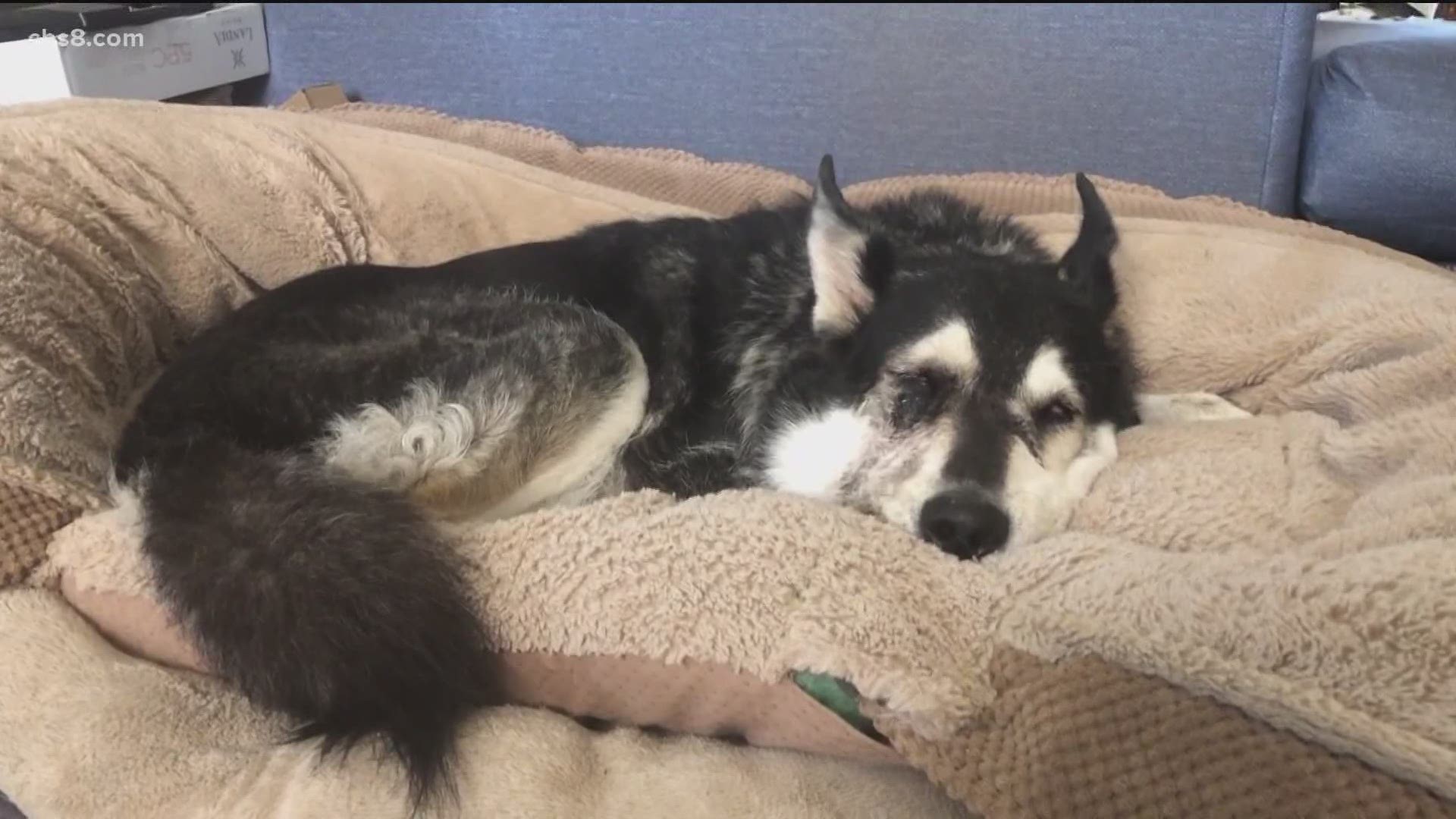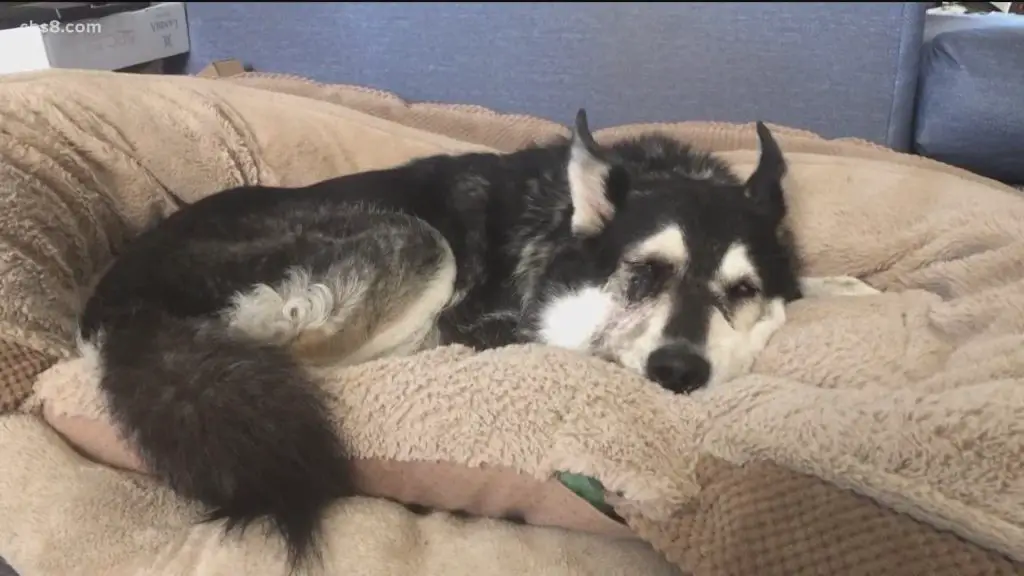As a pet owner, it’s important to know what to do in an emergency situation, especially if your dog is bitten by a rattlesnake. While rattlesnake bites are rare, they can be fatal if not treated properly. Knowing what to do in the moments following a snakebite can mean the difference between life and death for your furry friend.
In this article, we will walk you through the steps you should take if your dog is bitten by a rattlesnake. From identifying the symptoms of a snakebite to administering first-aid and seeking professional medical attention, we will provide you with all the information you need to keep your dog safe and healthy in the event of a snake encounter.
If a rattlesnake bites your dog, seek veterinary attention immediately. Keep your dog as calm and still as possible to slow the spread of the venom. Do not apply a tourniquet, ice, or try to suck out the venom. Monitor your dog’s breathing and heart rate and keep them hydrated.

What to Do if a Rattlesnake Bites Your Dog?
Rattlesnake bites are a dangerous and common occurrence in many areas, especially during the warmer months. If your dog is bitten by a rattlesnake, it is important to act quickly and seek medical attention. Here are some steps you can take to help your dog in case of a rattlesnake bite.
1. Identify the Bite
The first thing you need to do is to identify the bite. Rattlesnake bites are characterized by swelling, bleeding, and severe pain around the bite area. If you notice these symptoms, it is likely that your dog has been bitten by a rattlesnake.
How to identify a rattlesnake bite:
- Snake bite marks on your dog’s skin
- Swelling and pain around the bite area
- Bleeding from the bite area
- Restlessness and agitation in your dog
- Difficulty breathing
2. Keep Your Dog Calm
It is important to keep your dog calm to prevent the venom from spreading quickly through the body. Try to keep your dog from moving too much and keep them in a quiet and calm environment. Make sure they have plenty of water to drink, but do not give them any food.
How to keep your dog calm:
- Place your dog on a leash to prevent them from moving too much
- Try to keep them from barking or making noise
- Keep them in a quiet and cool environment
- Offer them plenty of water to drink
3. Seek Veterinary Help Immediately
If your dog has been bitten by a rattlesnake, it is important to seek veterinary help immediately. The sooner your dog receives treatment, the better their chances of recovery. Call your veterinarian or local emergency animal hospital for advice and to let them know you are on your way.
How to seek veterinary help:
- Call your veterinarian or local emergency animal hospital immediately
- Let them know your dog has been bitten by a rattlesnake
- Follow their instructions for bringing your dog in for treatment
4. Do Not Attempt to Treat Your Dog at Home
It is important to remember that rattlesnake bites can be life-threatening and should not be treated at home. Do not attempt to remove the venom or apply any home remedies to your dog. This can make the situation worse and delay proper treatment.
Why you should not attempt to treat your dog at home:
- Rattlesnake bites can be life-threatening
- Home remedies can delay proper treatment and make the situation worse
5. Be Prepared for Emergencies
It is always a good idea to be prepared for emergencies, especially if you live in an area where rattlesnakes are common. Keep a first aid kit for your dog and learn how to recognize the symptoms of a rattlesnake bite. This can help you act quickly and seek medical treatment for your dog.
How to be prepared for emergencies:
- Keep a first aid kit for your dog
- Learn how to recognize the symptoms of a rattlesnake bite
- Keep emergency contact information for your veterinarian and local animal hospital
- Consider getting your dog vaccinated against rattlesnake venom
6. Follow Your Veterinarian’s Instructions
If your dog has been bitten by a rattlesnake, your veterinarian will provide instructions for treatment and care. It is important to follow these instructions carefully to ensure your dog recovers fully.
Why you should follow your veterinarian’s instructions:
- Your veterinarian knows the best treatment for your dog’s specific condition
- Following their instructions can ensure your dog recovers fully
7. Monitor Your Dog’s Progress
After your dog has received treatment for a rattlesnake bite, it is important to monitor their progress closely. Watch for any signs of infection or complications and follow up with your veterinarian as needed.
How to monitor your dog’s progress:
- Watch for signs of infection or complications
- Follow up with your veterinarian as needed
- Provide your dog with plenty of rest and a healthy diet
8. Prevent Future Rattlesnake Bites
Preventing future rattlesnake bites is essential for your dog’s safety. Consider taking precautions such as keeping your dog on a leash, avoiding areas where rattlesnakes are common, and getting your dog vaccinated against rattlesnake venom.
How to prevent future rattlesnake bites:
- Keep your dog on a leash when walking in areas where rattlesnakes are common
- Avoid areas where rattlesnakes are common
- Consider getting your dog vaccinated against rattlesnake venom
9. Be Aware of Your Surroundings
Being aware of your surroundings is an important part of preventing rattlesnake bites. Keep an eye out for any signs of rattlesnakes in the area, such as snake tracks or rattling sounds. If you see a rattlesnake, keep your dog away and avoid the area.
How to be aware of your surroundings:
- Keep an eye out for snake tracks or rattling sounds
- Avoid areas where rattlesnakes are common
- If you see a rattlesnake, keep your dog away and avoid the area
10. Stay Calm and Act Quickly
If your dog is bitten by a rattlesnake, it is important to stay calm and act quickly. Remember to keep your dog calm, seek veterinary help immediately, and follow your veterinarian’s instructions for treatment and care.
Why you should stay calm and act quickly:
- Staying calm can prevent the venom from spreading quickly through your dog’s body
- Acting quickly can improve your dog’s chances of recovery
In conclusion, rattlesnake bites can be life-threatening, but taking the right steps can help your dog recover fully. Remember to identify the bite, keep your dog calm, seek veterinary help immediately, and follow your veterinarian’s instructions for treatment and care. With proper precautions and awareness, you can prevent future rattlesnake bites and keep your dog safe.
Frequently Asked Questions
Living in an area with rattlesnakes can be dangerous for your pets. It is important to know what to do in case your dog is bitten by a rattlesnake. Here are some common questions and answers to help you prepare for this situation.
What are the symptoms of a rattlesnake bite in dogs?
The symptoms of a rattlesnake bite in dogs can vary depending on the severity of the bite. Some common symptoms include swelling, pain, and bleeding at the site of the bite. Other symptoms can include lethargy, vomiting, and difficulty breathing. If you suspect that your dog has been bitten by a rattlesnake, it is important to seek veterinary care immediately.
It is also important to keep your dog as calm as possible during transport to the veterinarian. This can help to slow down the spread of venom throughout the body and reduce the severity of symptoms.
What should I do if my dog is bitten by a rattlesnake?
If your dog is bitten by a rattlesnake, the first thing you should do is seek veterinary care immediately. Time is of the essence when it comes to rattlesnake bites, and the sooner your dog receives treatment, the better their chances of recovery.
While you are waiting for veterinary care, you should keep your dog as calm and still as possible. Do not attempt to suck out the venom or use any other home remedies. These can be dangerous and ineffective. Instead, focus on keeping your dog comfortable and getting them to the veterinarian as quickly as possible.
How are rattlesnake bites treated in dogs?
The treatment for a rattlesnake bite in dogs can vary depending on the severity of the bite and the symptoms that your dog is experiencing. In many cases, your veterinarian will administer antivenom to counteract the effects of the venom.
Your dog may also require pain medication, antibiotics to prevent infection, and supportive care such as IV fluids. In severe cases, hospitalization may be necessary.
Can rattlesnake bites be prevented?
There are some steps you can take to reduce the risk of your dog being bitten by a rattlesnake. These include keeping your dog on a leash when hiking or walking in areas where rattlesnakes are common, avoiding areas with high grass or brush, and keeping your yard free of debris that could attract snakes.
There are also rattlesnake vaccines available for dogs that can help to reduce the severity of symptoms if your dog is bitten. However, these vaccines are not a substitute for seeking immediate veterinary care if your dog is bitten.
How long does it take for a dog to recover from a rattlesnake bite?
The recovery time for a dog bitten by a rattlesnake can vary depending on the severity of the bite and the treatment that your dog receives. In many cases, dogs can begin to show signs of improvement within a few hours of receiving treatment.
However, it may take several days for your dog to fully recover. During this time, it is important to follow your veterinarian’s instructions for care and to monitor your dog closely for any signs of complications or worsening symptoms.
What to do if your dog gets bit by a rattlesnake
In conclusion, encountering a rattlesnake is a scary situation for both you and your furry friend. But it’s important to stay calm and take immediate action if your dog is bitten. Remember to keep the wound as still as possible, and make your way to the vet as quickly as possible.
Prevention is always better than cure, so taking preventive measures such as avoiding areas where rattlesnakes are known to live, keeping your dog on a leash, and investing in rattlesnake vaccines can go a long way in keeping your dog safe.
Finally, it’s important to educate yourself on the signs and symptoms of a rattlesnake bite and to always have an emergency plan in place. Knowing what to do in advance can make all the difference in a life-threatening situation. Stay safe, stay vigilant, and keep your furry friend protected from harm!


